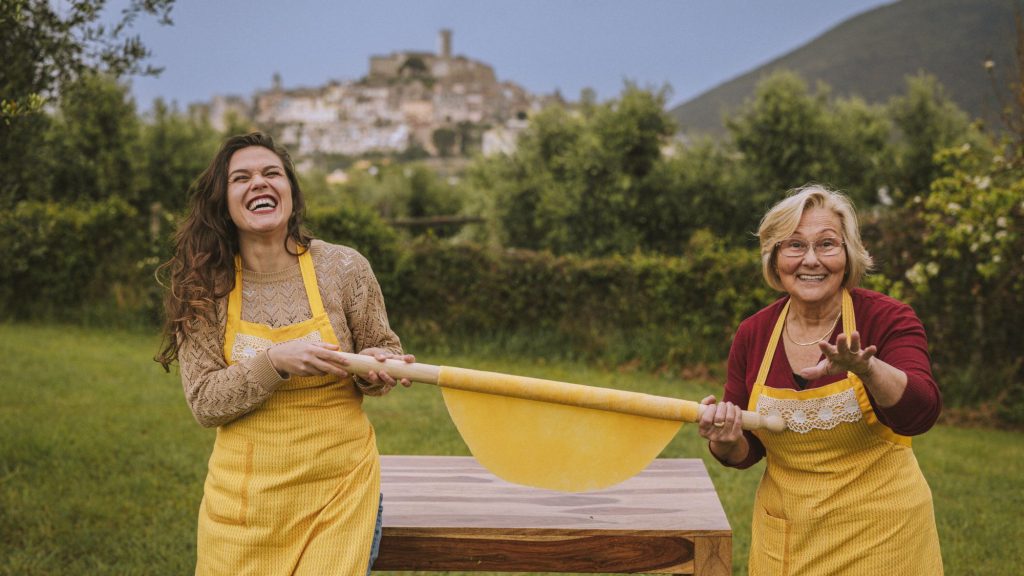Travel experiences in Umbria are a combination of the cerebral and the sensual. From a plethora of art and architecture with sublime Renaissance paintings inspired the canvases of the areas landscapes; wandering around medieval hill-top towns richly woven in history to wandering through beautiful pastoral countryside.
Within a short drive of Prato di Sotto are the towns of Perugia, Montone, Gubbio, Assisi, Cortona, Arezzo and Siena. The long summer season is alive with open-air concerts, jazz festivals and opera as well as little seasonal fiestas held in local villages and towns. Wherever you find yourself, there will always be excellent regional food and wine.
Perugia
About equidistant between Florence and Rome, the hilltop city of Perugia is one of Italy’s most unfairly overlooked destinations. Wrapped in layers of history, this city of 170,000 people has Etruscan roots, a respected university that dates from the 14th century and a vibrant contemporary life, with chic bars and restaurants in its historic centre. It is also home to two of Italy’s most popular celebrations: the Umbria Jazz festival, each July, and October’s annual Eurochocolate festival. While these draw passionate international crowds, Perugia still sees far less tourism than its Tuscan counterparts. This means that you can wander the gloriously authentic hilltop city with its intimate little neighbourhoods, medieval and gothic architecture and fine museum without the hordes.
As the capital of landlocked Umbria, this preserved hill-town is the essence of Italy. Step through its ancient city walls and you can forget the rest of the world. Starting life as an important Etruscan settlement, Perugia has added onion-like layers of buildings ever since. As you walk around the town, you’ll find yourself jumping centuries in moments.
Montone
Montone is a perfectly preserved small medieval town, built on a hill top that overlooks the Upper Tiber Valley. With ancient winding streets and narrow stairways, this historic village was voted one of the most beautiful villages of Italy and despite its small size, one with plenty of fabulous restaurants. The village hosts the prestigious Umbria Film Festival in July and transforms itself into an open-air cinema or still, among the more notable events, the historic commemoration of the Gift of the Holy Thorn, the biennial Exhibition of Master Blacksmiths and, in autumn, the entertainment is permeated by the scents of woodland fruits during the Festa del Bosco which aims to per familiarize visitors with local handicraft and food and wine in the company of street artists, jugglers and bands which liven up the atmosphere even more.
Gubbio
Gubbio stands proud against the slopes of Mount Ingino. The town is celebrated for its rich cultural heritage, notice the ruins of a 1st-century Roman theatre as you approach. One of Italy’s oldest folklore festivals, La Festa dei Ceri, takes place in town every year on 15 May. Wander the steep, winding streets and you will, at some point, arrive at the stark, spreading central Piazza Grande. A further hike up to the Basilica of Sant’Ubaldo will be worth the panoramic views.
Assisi
Cortona
A hop over the border into Tuscany is Cortona, filled with beautiful views, stony side streets, and little Italian restaurants. Dating back to the Etruscan era and Roman times, the town is surrounded by stone walls (built around 400 B.C.) that run along the outer edge of the city. The city itself has a rich history, museums, churches, tons of shopping, great little restaurants and gives visitors that quintessential small-town Tuscan experience.
Arezzo
Arezzo is a rural centre of Etruscan origin and is a place for art lovers and shopping fans. It’s handsome Medieval square is one of the city’s main attractions (used in the Oscar winning film Life is Beautiful). You can see all the major sights in a day, without having to fight through crowds. It’s as well known for its art as it is for its shopping, with clothes, home-wear, jewellery and antique stores, all jostling for space along the narrow streets. The local cuisine with fresh products from the nearby Valdichiana and Casentino Valley has a following of its own.
Siena
Siena is a truly beautiful city, all cobbled streets and tall, ancient buildings. The city is split into 17 districts all with their own names and colours. As you walk the streets, you’ll notice the flags change depending on which district you travel through. Siena’s sense of identity is strong, the city is most famous for its biannual horse race, the Palio – the races take places in July or August. However, even if you can’t make the Palio, you’ll find much to treasure including galleries, architecture and local shops. Siena is well worth a day trip from Prato di Sotto.


